Foamiran, looking like thick paper, but in essence, which is a foamed rubber, is suitable for the manufacture of numerous crafts - from lamps to jewelry. Its unusual characteristics largely simplify the work process.
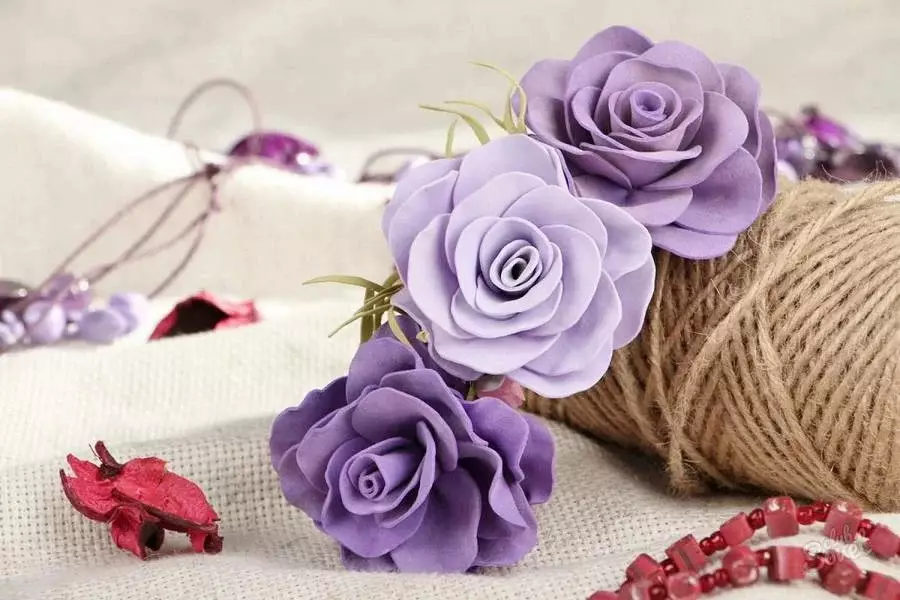
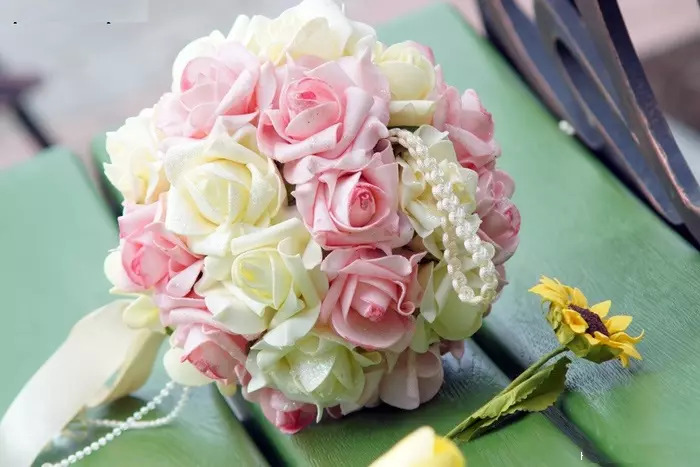
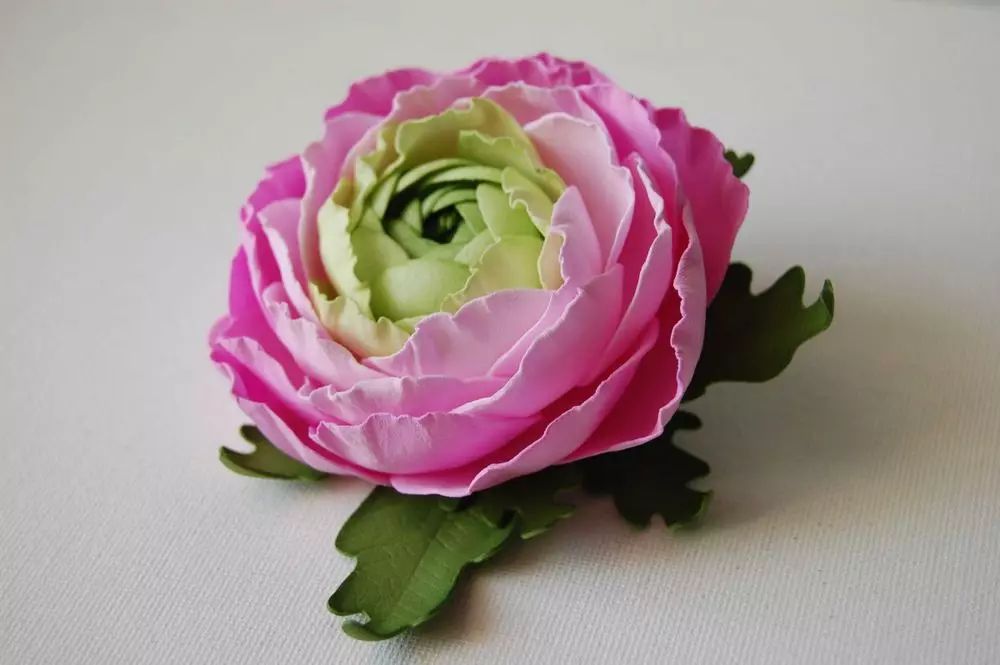
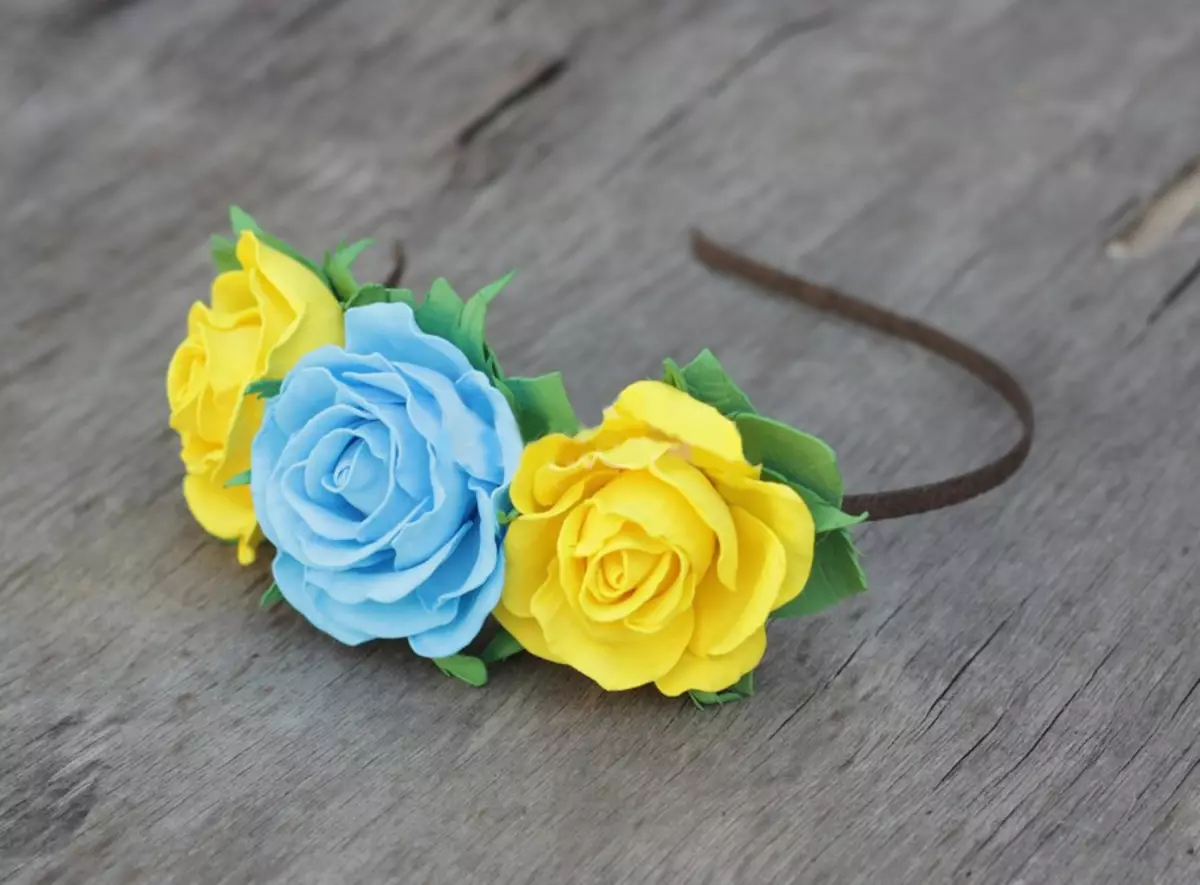
What is it and what makes it?
Foamiran is a material that is often used for needlework and is a soft porous rubber, easily subjected to processing. It is often referred to as a plastic suede, jelly or foam. The description of the composition says that as many ethylene and vinyl acetate present in the polymer substance give the material elasticity and stretching. In contrast, for example, from the fabric plastic suede can be given any shape that will be saved and after completing the work.
In general, if we say the "chemical" language, we can conclude that the Foamyran is a foamed ethylenevinyl acetate, it is eva, and therefore its characteristics are close to rubber characteristics.
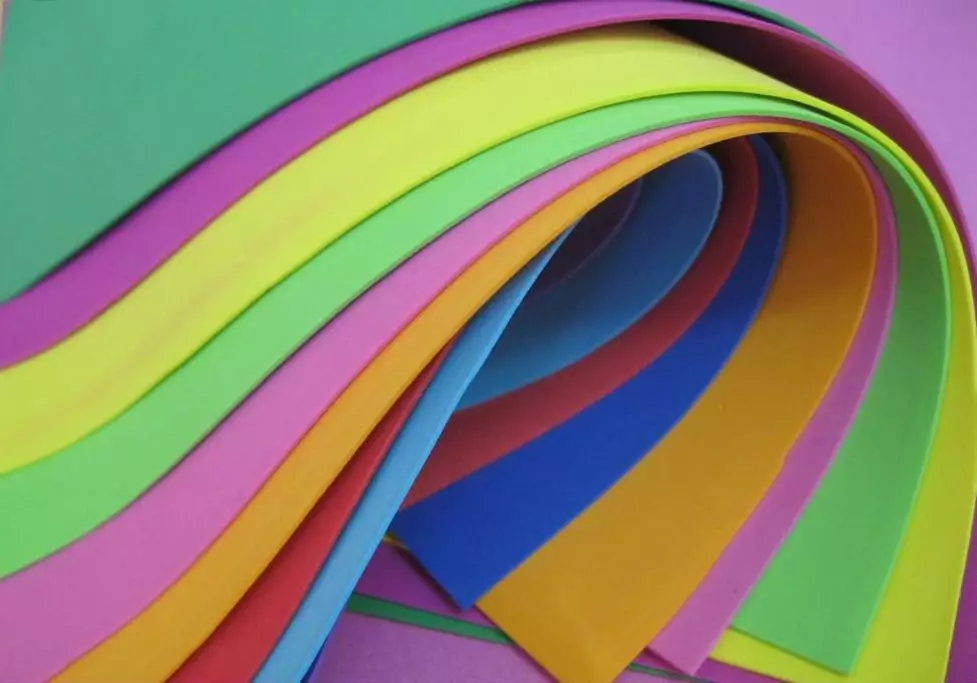

It is worth adding that In the production of polymer, acetic acid is used, the smell of which is preserved before hermetic packaging is opened. However, with its discovery, an unpleasant fragrance immediately disappears. Wear-resistant modern material is used most often for the manufacture of decorative colors of different sizes, although there is plenty of other applications. For example, we are talking about a variety of hairpins, rims, wedding decorations and toys. Volumetric elements of scrapbooking can be made of foam rubber.

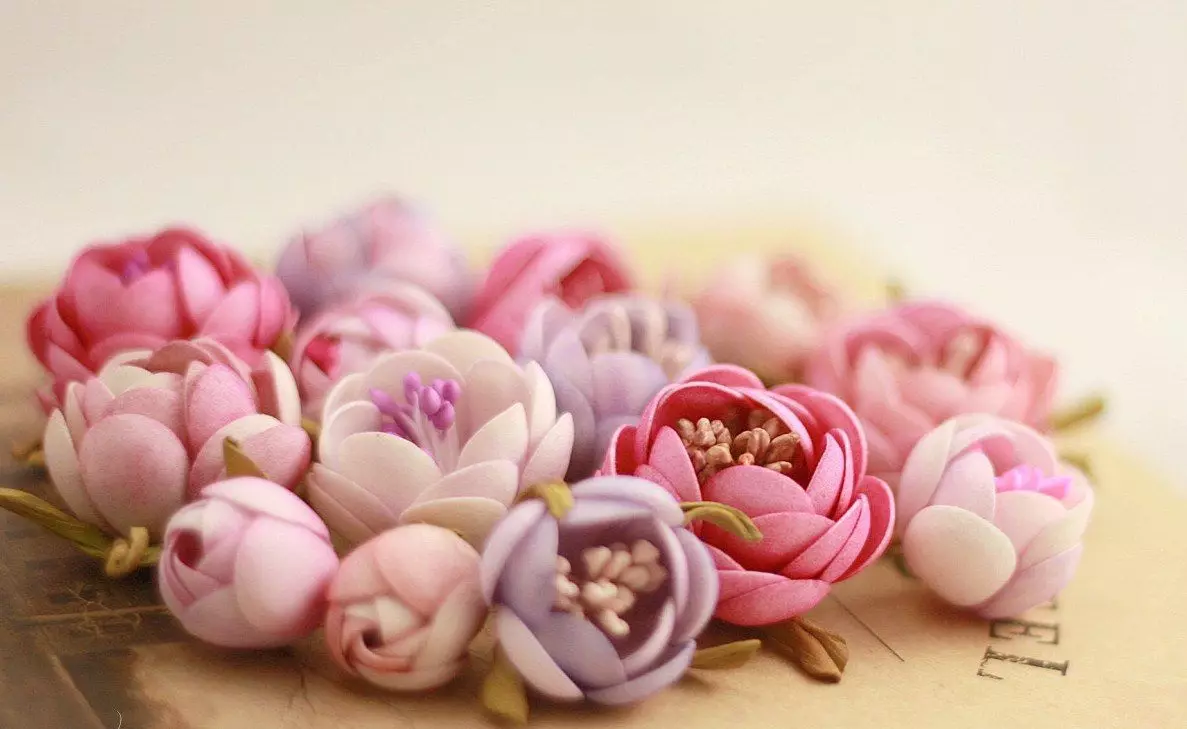
History of origin
The name of the material happened from the English word FOAM, which in translation denotes foam. Since externally, it is like and resembles foamed rubber, such a decision is justified. The second part "Iran" refers to the name of the country, in which for the first time produced Foamiran - that is, Iran. For Russia, this, by the way, also the main supplier of this material. The first Foamiran was released by the Iranian company Foamiram Co, after which Chinese firms were engaged in production, and then Korean.

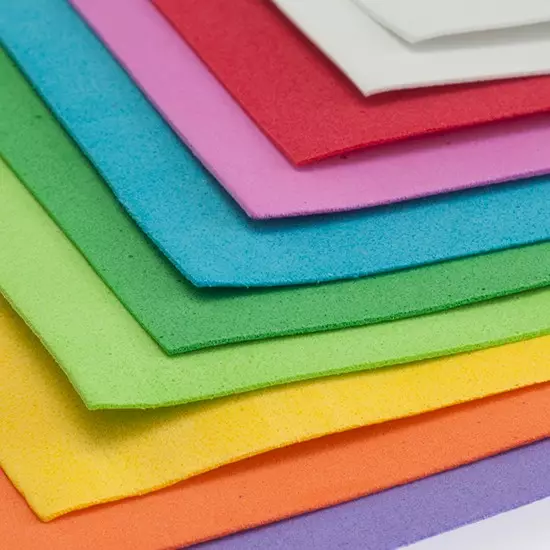
Basic properties
The unusual properties of Foamiran explain why he is so loved by many needlewomen.
- The main thing can be called the absolute safety of the material. There are no toxic substances in Foamiran, therefore it does not harm the body and does not cause allergic reactions. Masteract from multi-colored sheets, so it is possible and even with the smallest children. The fact that products from Foamiran are safe for humans is confirmed by official quality certificates provided by manufacturers.


- With velvety material, it is very simple and convenient to work. It is cut even by conventional scissors without forming sharp edges and burrs. In the same way act on sheets and curious scissors. The pressure on the surface of the Foamiran is a sharp object leads to the appearance of traces, which means that unusual drawings and reliefs can be created.
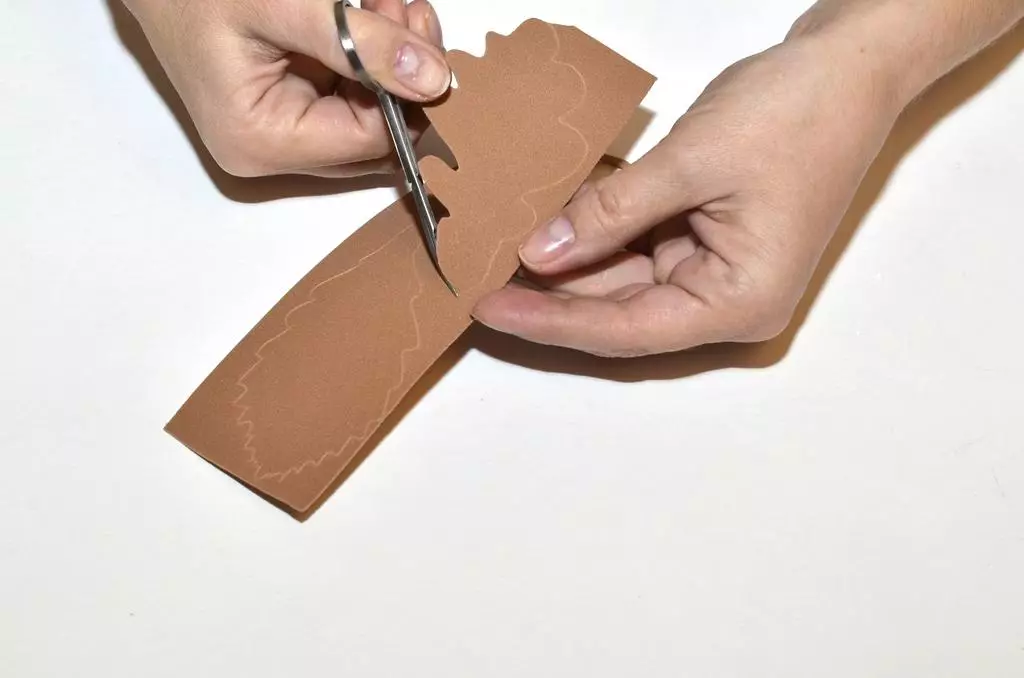
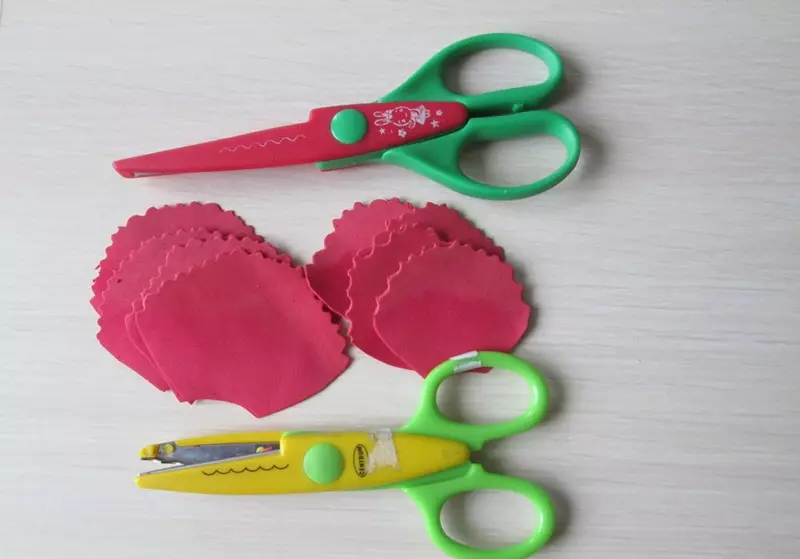
- Another interesting feature of sheets is the ability to accept and save bulk forms. Slightly warming up the material with an iron or a construction hairdryer, it can be modified in a desired way, and the resulting position will continue after cooling. This Foamyran property makes it possible to create flowers from it and other volumetric compositions. However, it should be remembered that the material is fairly flammable, so the interaction with heating elements should be carried out with extreme caution.
Despite the fact that the sheets have a porous structure, they do not absorb moisture at all, which greatly simplifies the care of the crafts - after all, they can always be washed with simple water.

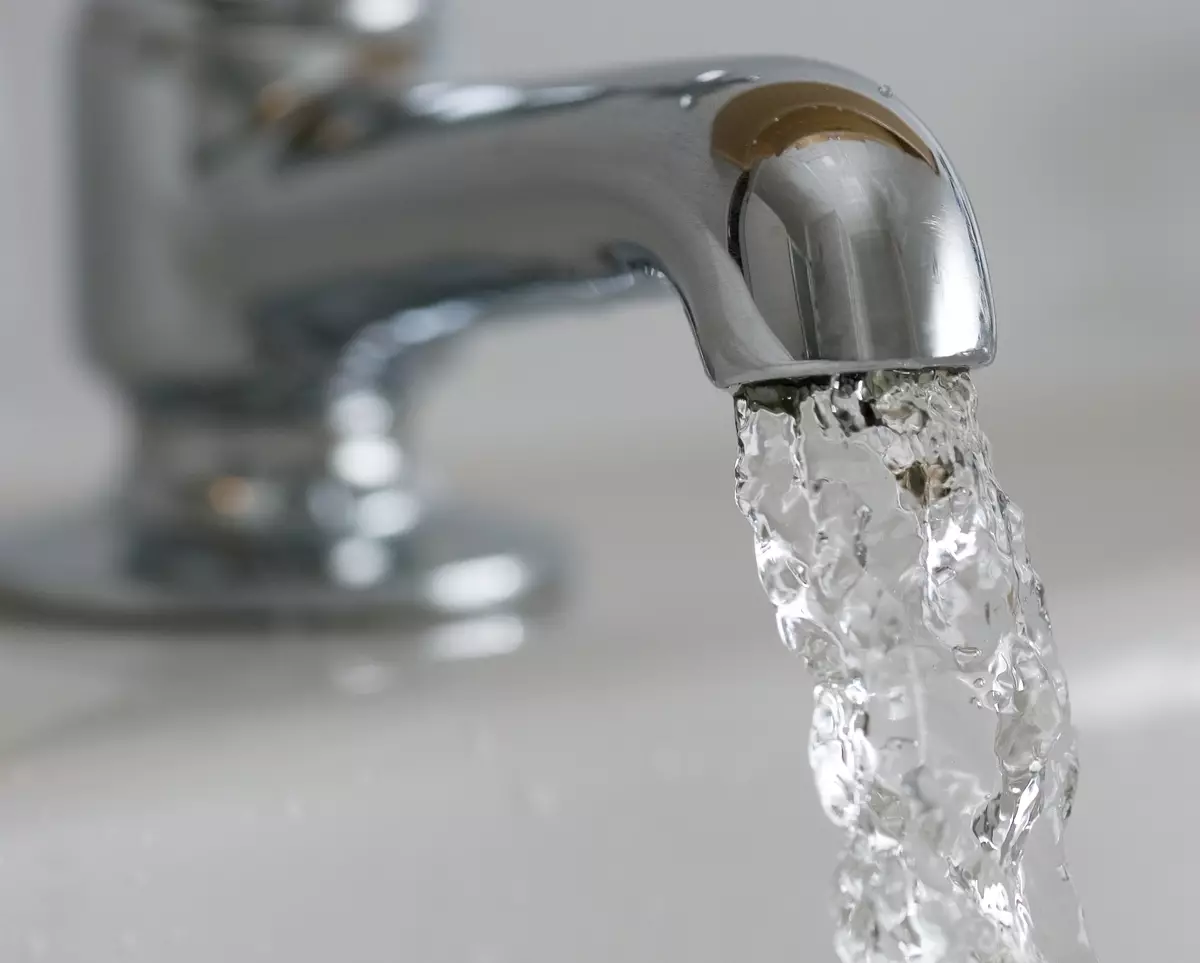
- There is a huge selection of a variety of shades of Foamyaran, which allows masters to implement even the most intricate fantasies. Moreover, this material is well amenable to additional staining of pastels, acrylic or oil paints, or even the shadows for the age. The finished product, however, is additionally recommended to be covered with acrylic varnish. With the help of adhesive substances, the surface can be reeded with all sorts of beads, buttons, rhinestones and sparkles. Separate fragments of phoamira can also be connected to each other by using strong fixing glue - for example, the "moment", the composition for the penetration or hot glue-gun. Unfortunately, the use of PVA, liquid nails or the stationery glue in this case will be ineffective.
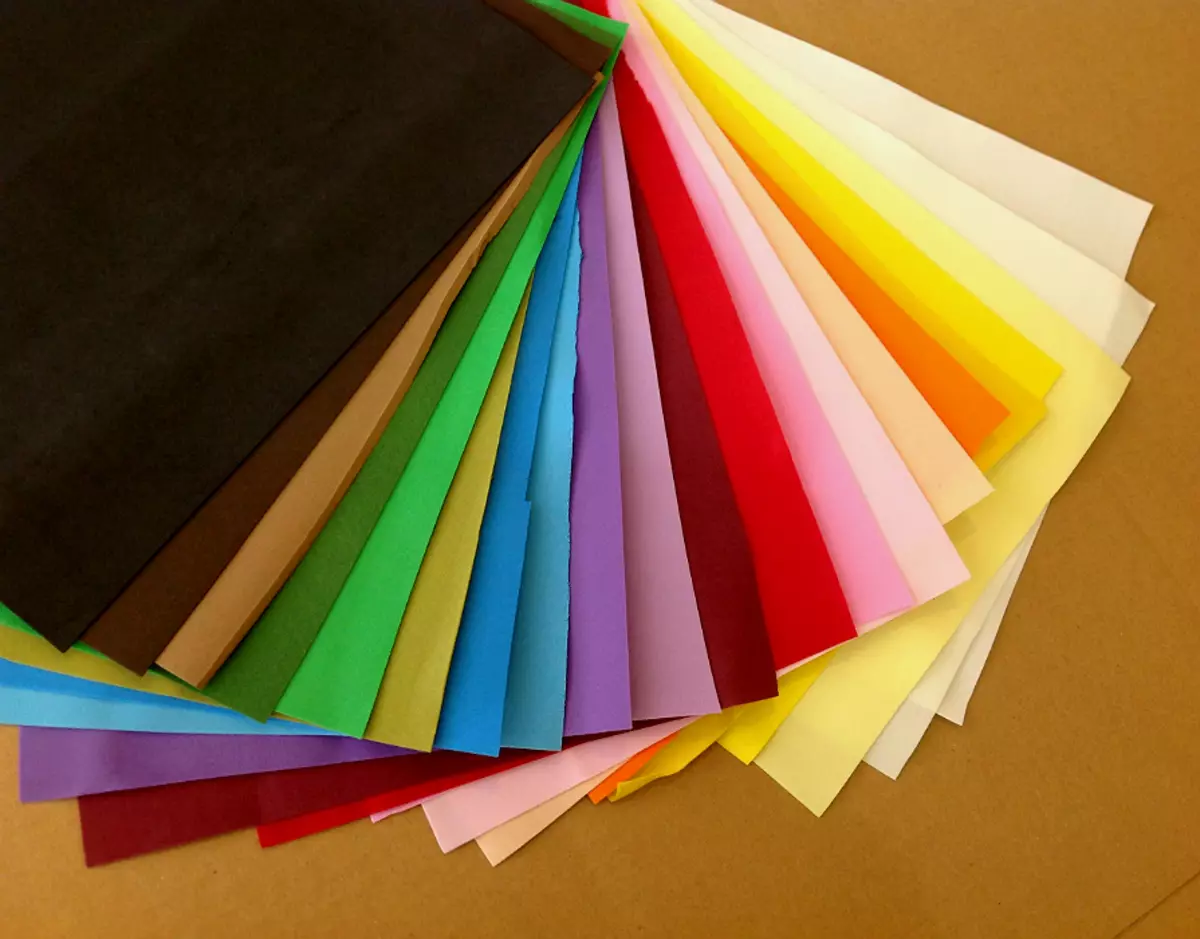

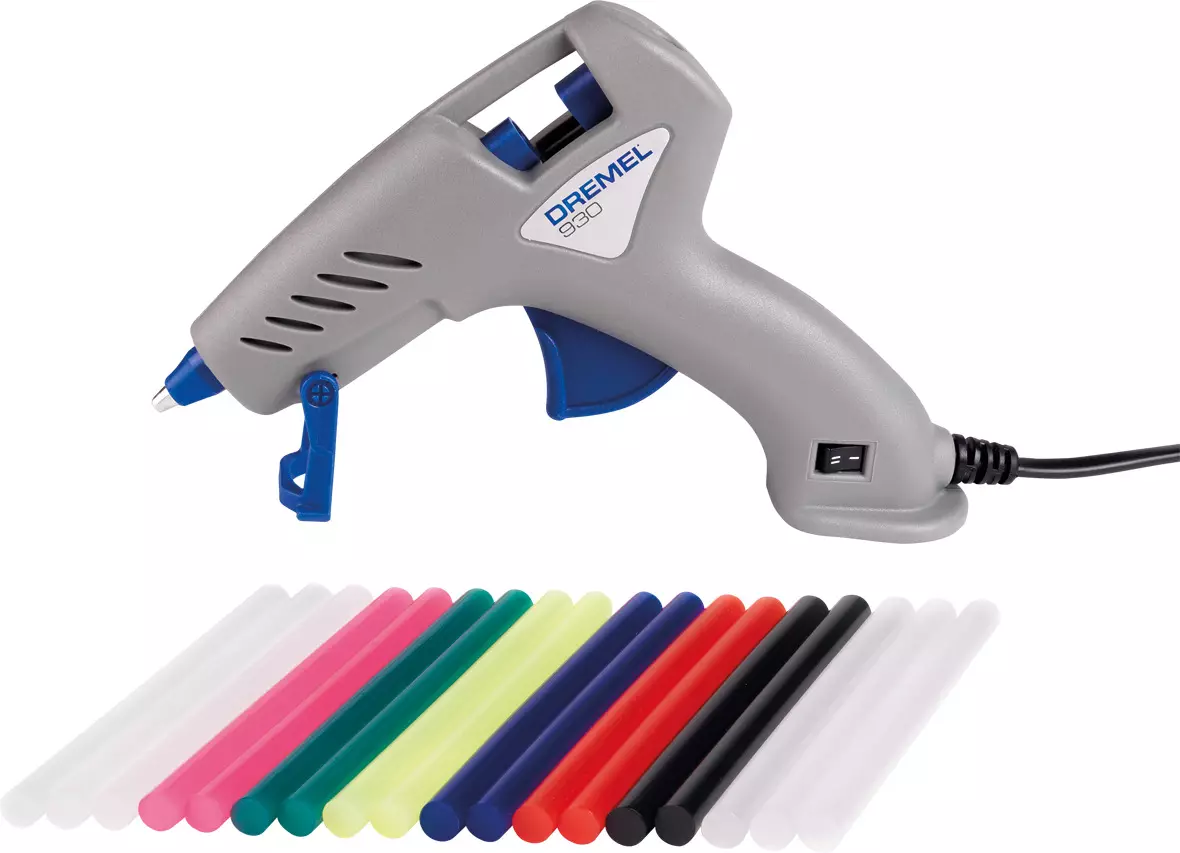
- Foamiran retains the form well and is not deformed under the influence, for example, weight weights. However, if such a nuisance will happen, it will be possible to eliminate it, just heating the damaged item with his hands and giving it the original position. It is worth adding that the material can be stretched by creating, for example, leaf plates of the plant, or cut out with a composter or curly holes. He is very pleasant to the touch and resembles suede.
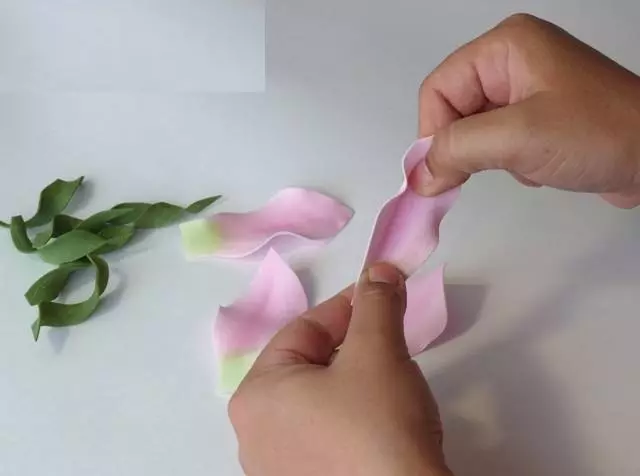

Differences from Isolon
The use of Foamiran is much wider than the isolon. It is much better exposed to color and has a greater palette of shades. Material features a large plasticity and wear resistance. Finished products are obtained more realistic, which is particularly important in the manufacture of floral compositions. The difference between the materials is also available in the price, but already in favor of the isolon, since Foamiran is much more expensive. Many masters choose not to give preference to one of the materials, but combine them in operation.

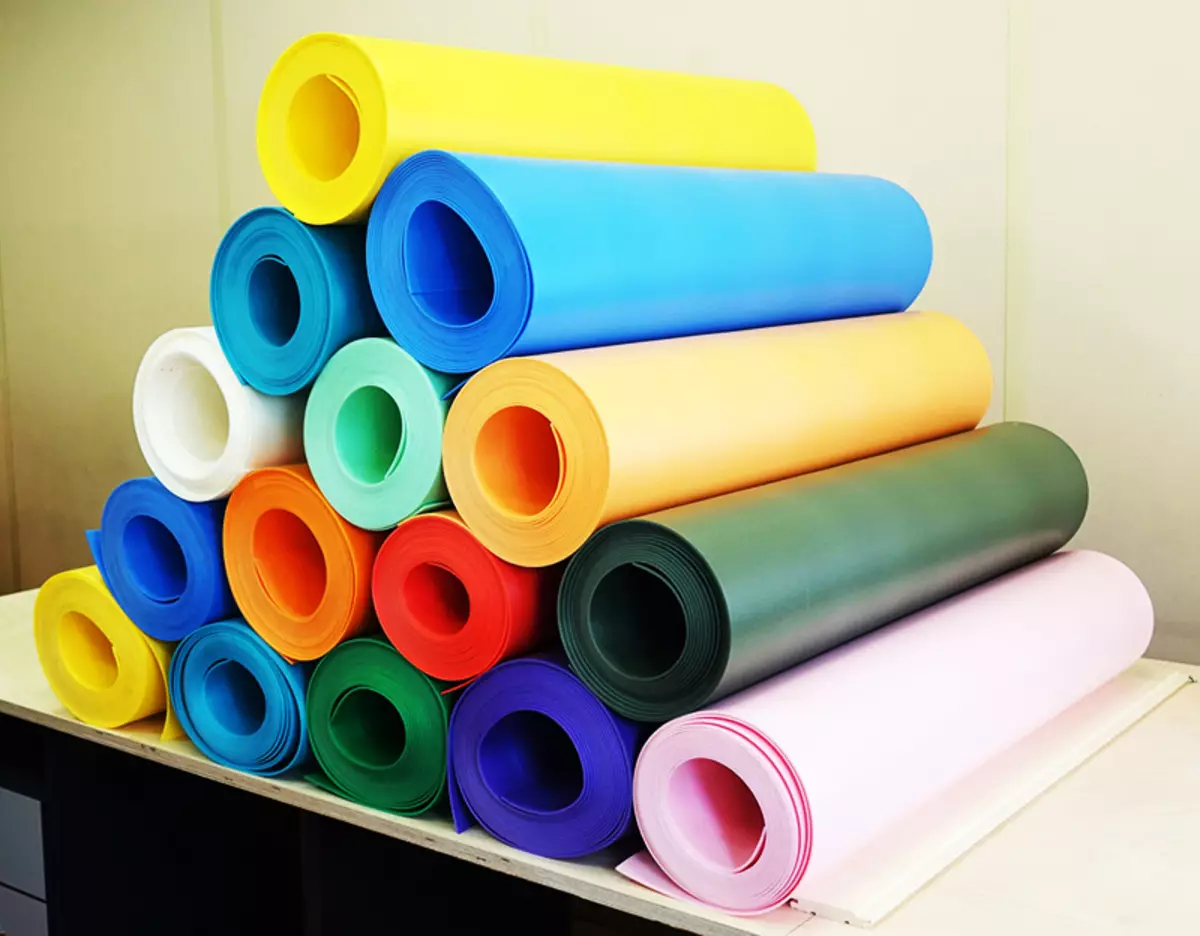
Review of species
When buying Foamira, it is necessary to pay attention to the thickness of the sheets, as well as the form of their manufacture. For example, If the miniature elements have to be created, the material is most suitable, the thickness of which is from 1 to 1.5 millimeters. In the event that a masked is to be a major craft, such as a children's application, it is better to choose sheets whose thickness exceeds 3 millimeters. For young children, dense color figures are often cut out, which can be connected to each other. In this case, the meaning is to talk about the thicker phoamyran.
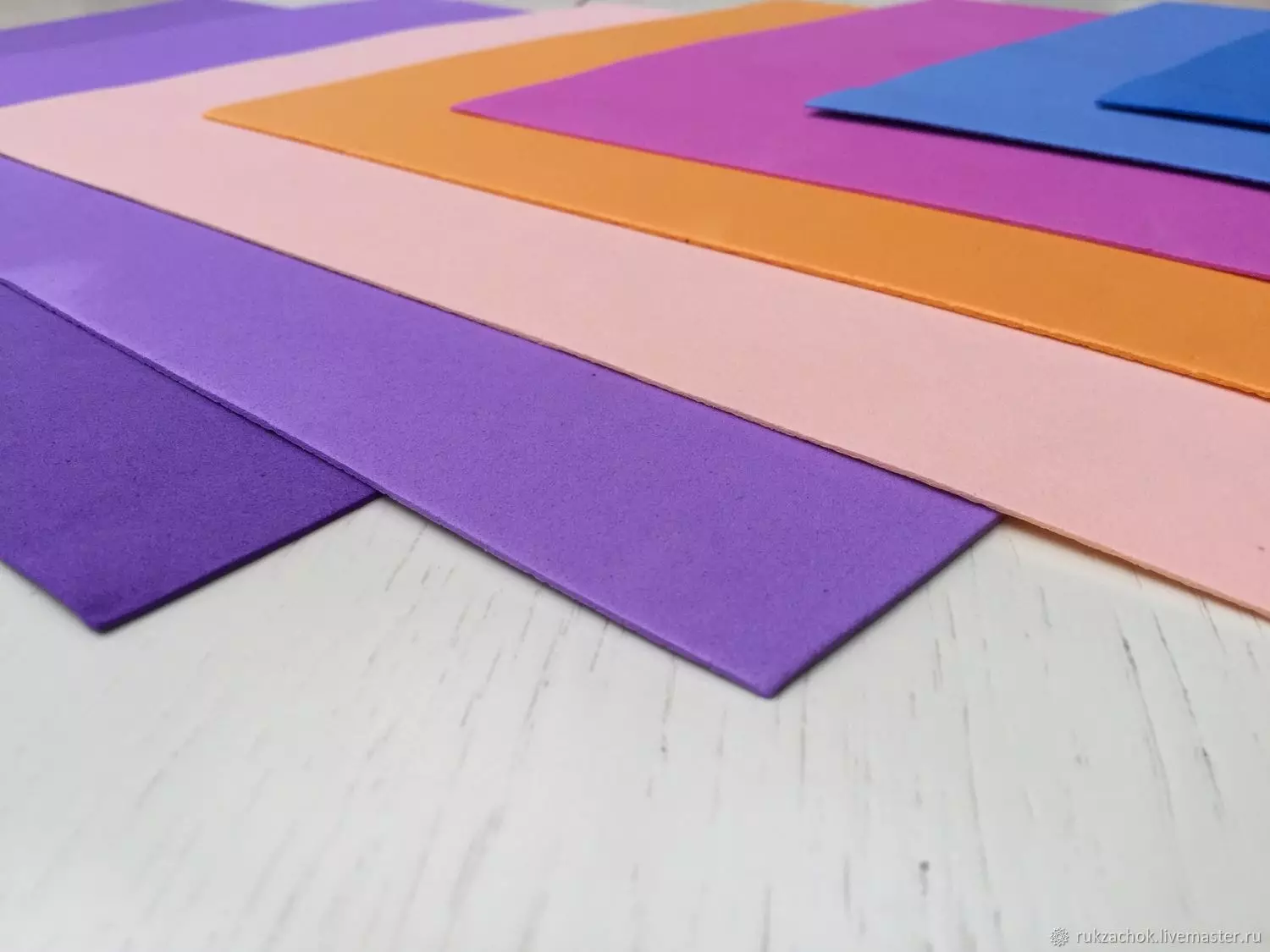
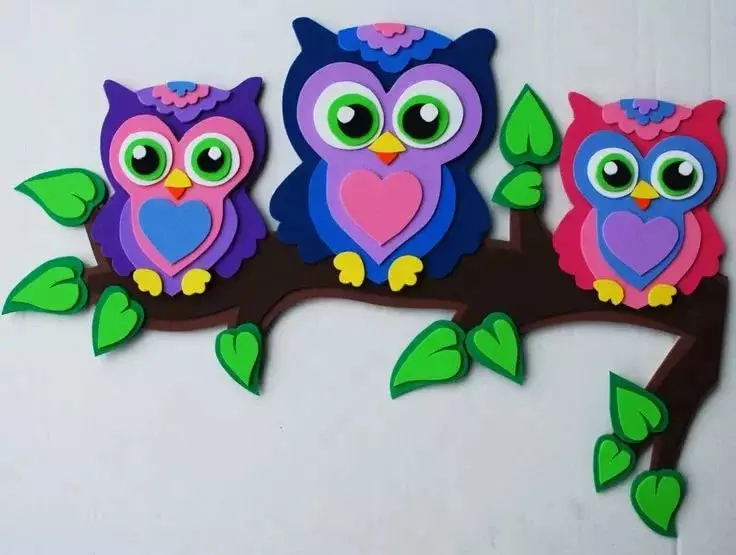
The material is silk, characterized by increased elasticity and special strength. For sale, it comes in the form of fine sheets with a matte surface. This type is perfect for creating bulk colors of different sizes. Silk Foamiran is not afraid of moisture, keeps the shape well and is qualitatively painted with acrylic or oil-based paints.
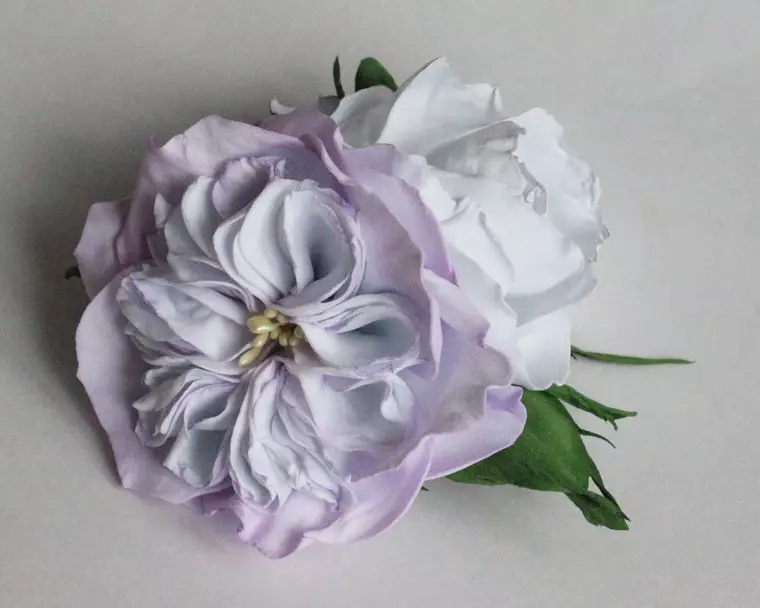
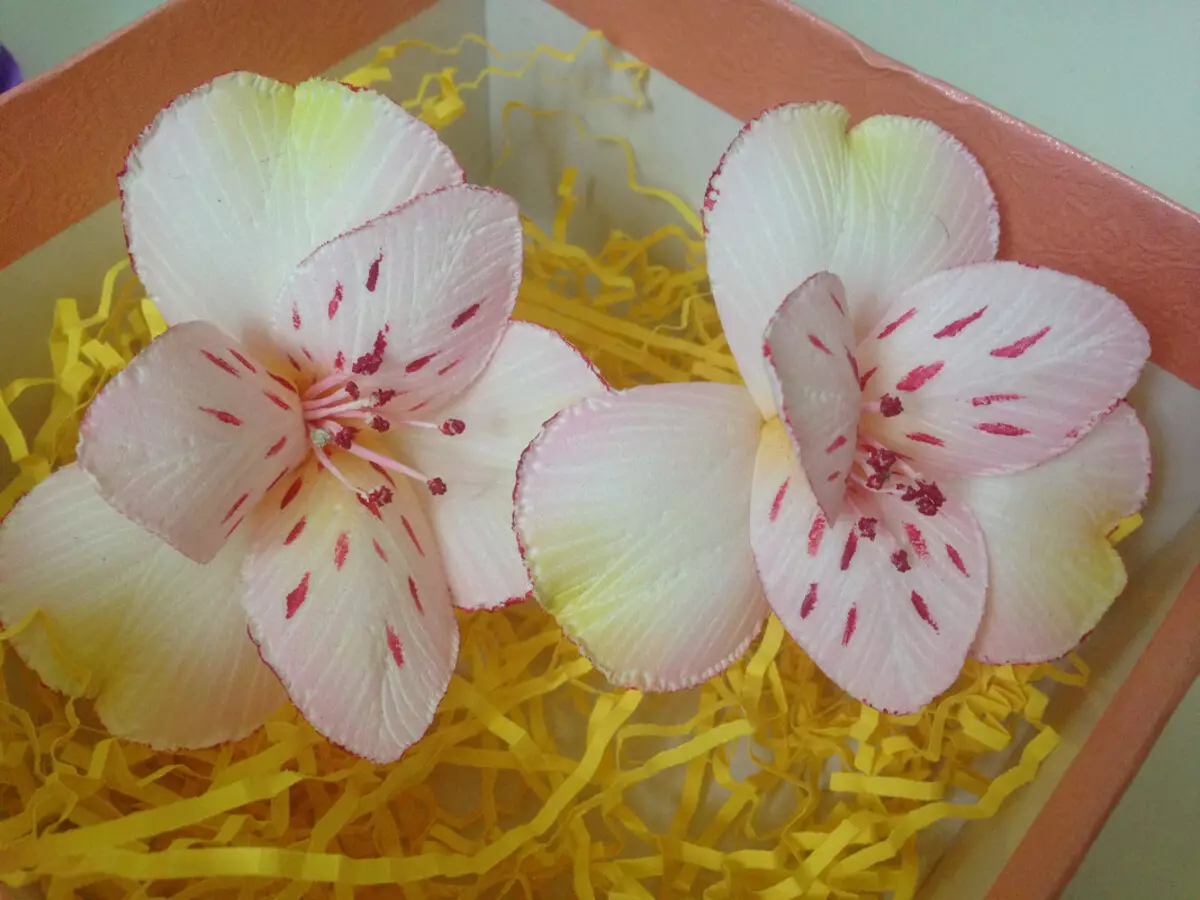
There is also a marshmallow foamiran. It looks like this material as a thin sheet painted in pastel shades. It must be said that the structure of this decorative variety is very fragile and can collapse from the impact of the iron, and therefore the shape of individual elements is given by heating with hands or a conventional hairdryer. The wicked foamiran is characterized by the presence of a surface decorated with sequins. Most often, it is chosen to create Christmas decorations and flower compositions.
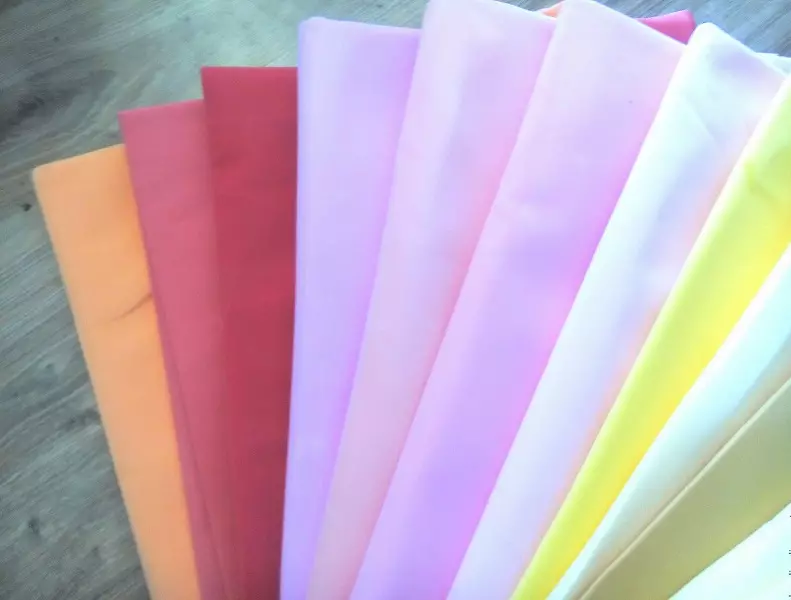
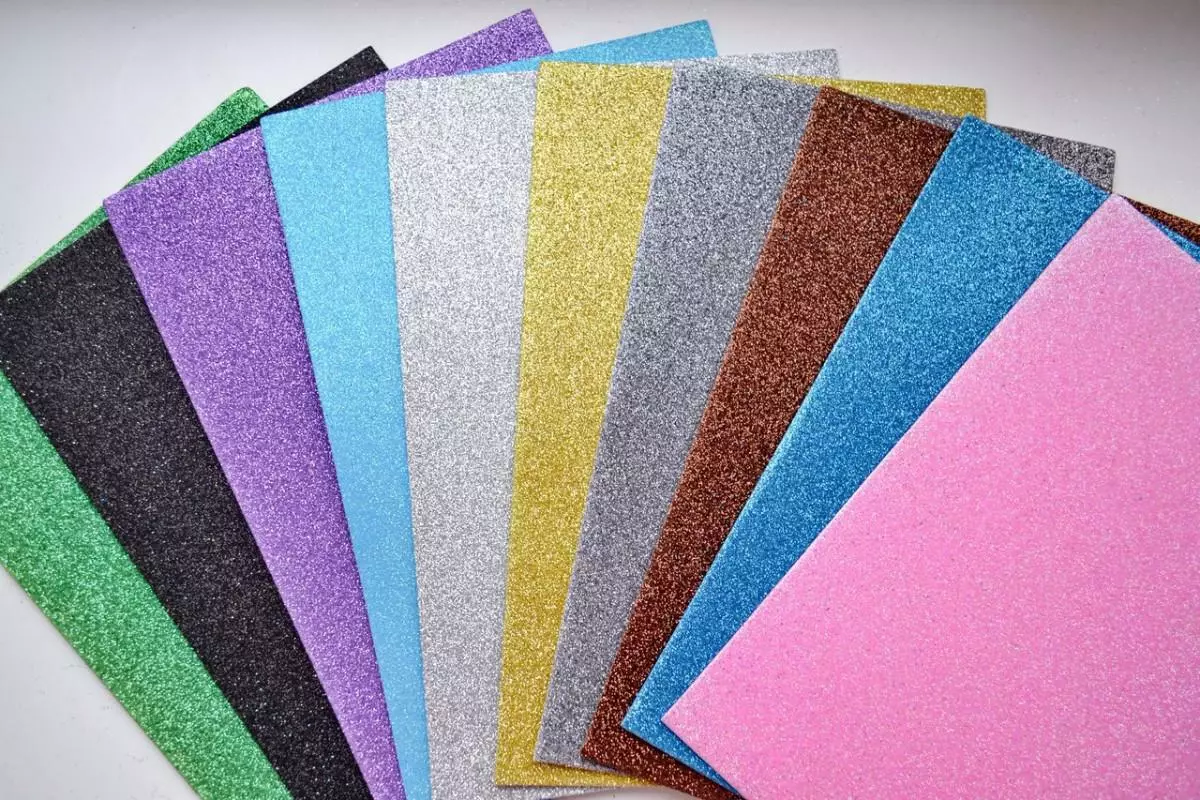
Factor Foamiran is originally sold with a relief pattern on the surface. To the touch, he can felt like a terry. This material got scalared in the field of creating toys. It is also accepted to allocate Foamiran rolled and sheet. The first, as you can guess by the title, goes on sale in rolls and is more used for mass production.
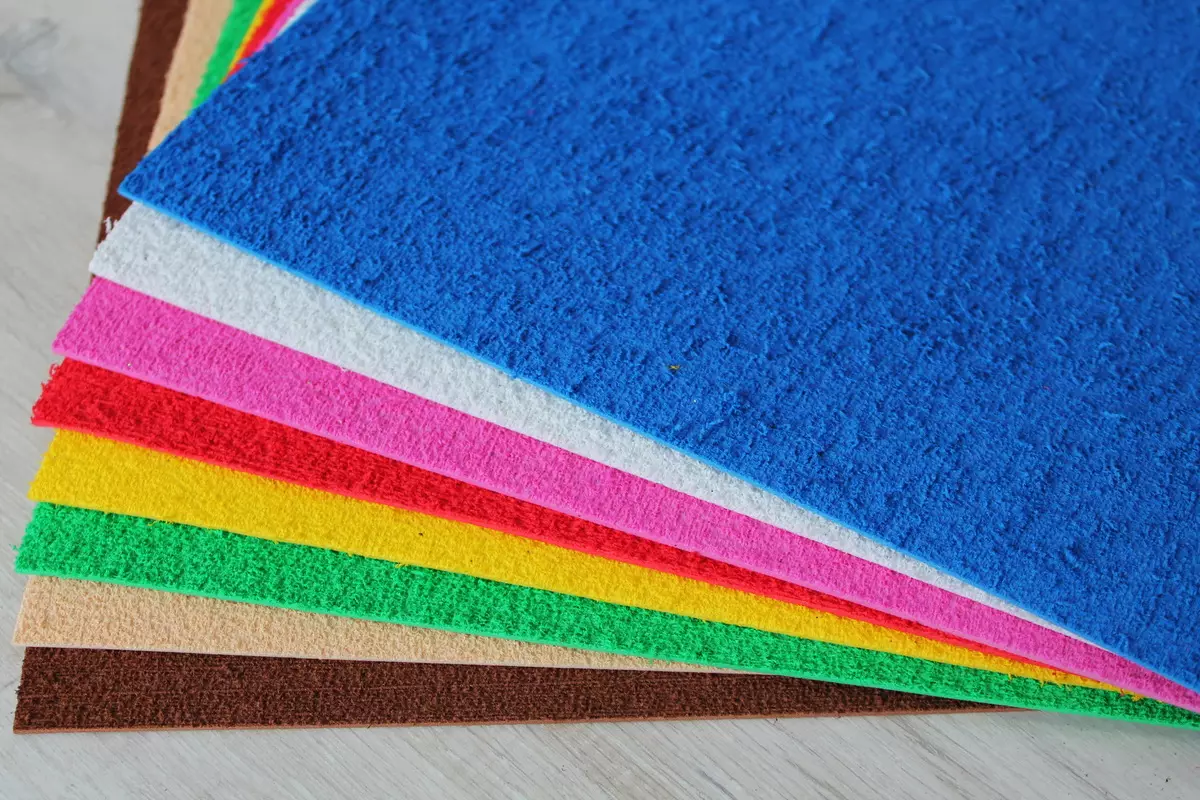
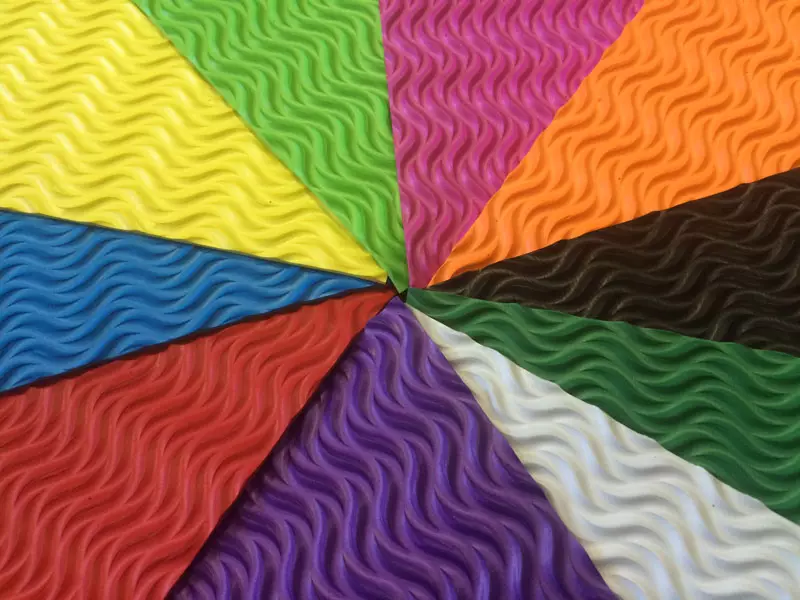
Foamiran sheets are mainly purchased with needlewomen, and the price per piece varies from 20 to 100 rubles and more. Foamiran on adhesive basis is also isolated. On its backside, there is a glue layer, like a two-way tape, which allows the use of material for registration of notebooks, creating gift wrapping and decorating finished products. Most manufacturers have the material of various shades in the assortment: both white and black and gold with sparkles and patterns.
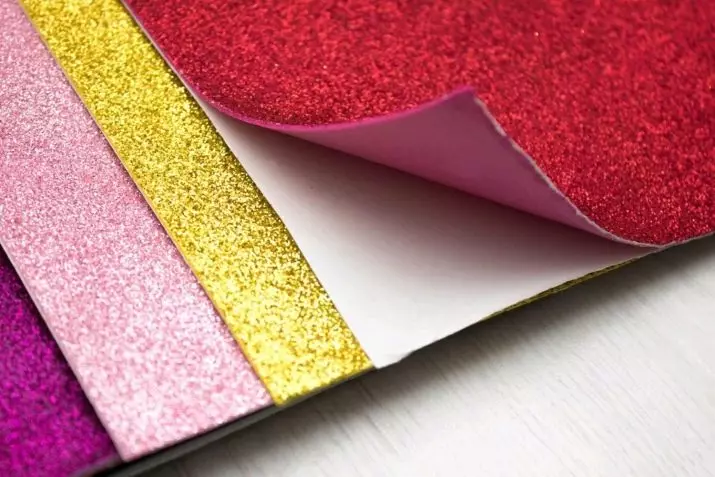
The mansion is the liquid Foamiran, unlike a typical variety of material. In fact, it is an unreal faoamyran, since the foamed rubber is liquid in principle cannot. Under this title, the marshmallow highly stretching mass used for children's creativity is hidden. Unlike phoamyran, marshmallows are easily sealed with conventional glue. They also freeze after work, but they have a lighter form.


Manufacturers
Plastic suede, mainly produce 4 countries: Iran, China, Turkey, Korea.
Iranian Foamiran was a pioneer on the market. The basic thickness of the sheets is 0.8-1 millimeter, but there is a variety of 2 millimeters thick. The latter, although characterized by better pulling, but it looks rather rude. Sheets are produced either in A4 format, or with parties 60 and 70 centimeters. The manufacturers palette combines more than 30 shades. All of them are distinguished by gentle pastel colors. Iranian Foamiran has good porosity and elasticity.
Products from it are light and extremely pleasant to the touch.
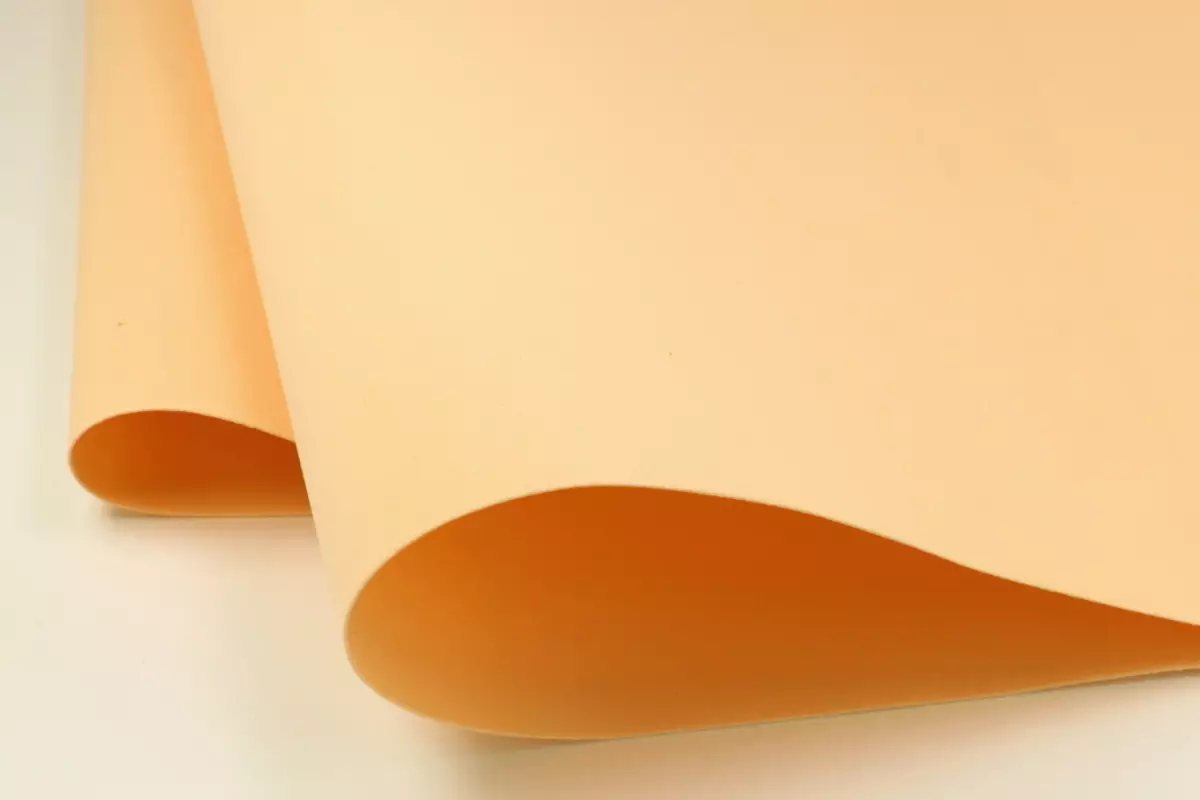
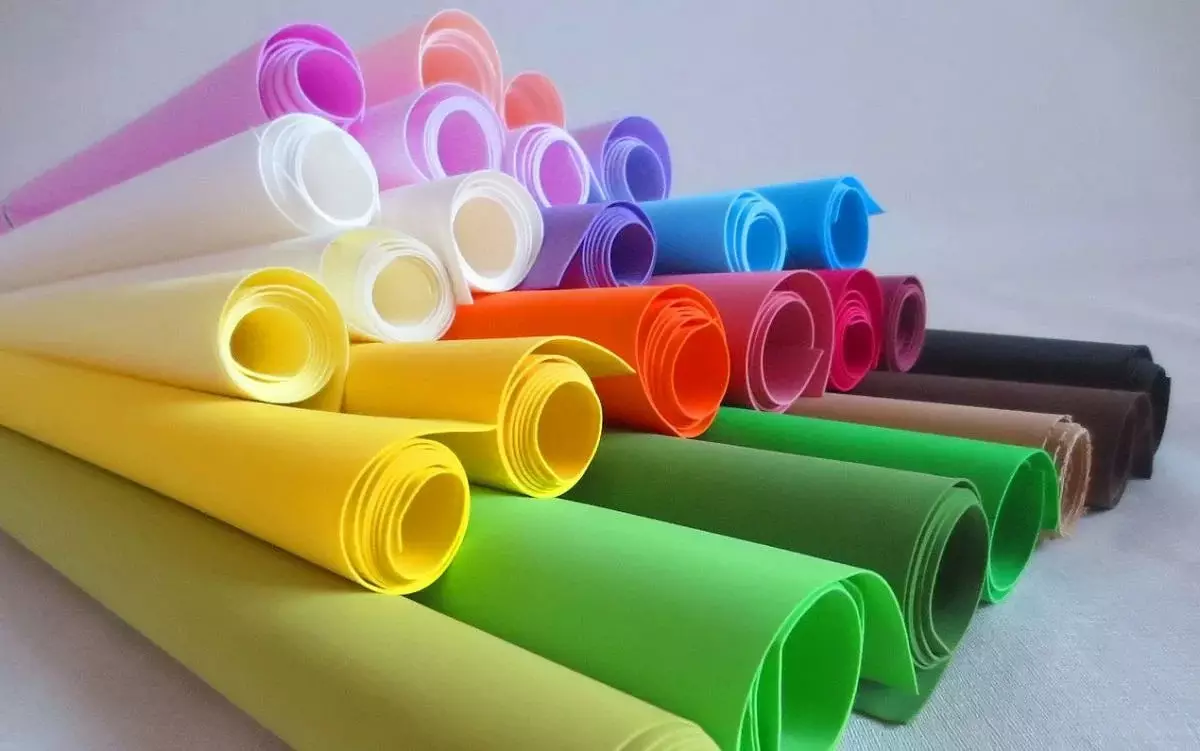
Chinese Material Most often produced in 50 centimeters format. Its thickness is either 0.5-1 millimeter, or 2-3 millimeters. There are also thicker variations, most often chosen to work with children. The number of shades in the palette exceeds 2 dozen, and each manufacturer may differ. Compared to Turkish Foamifra, Chinese has brighter shades. This specification may be silk and marshmallow. The thickness of the silk sheets does not exceed 0.5-0.8 millimeters. After processing, the products appear beautiful shine, but strong heating can also lead to "eating" sizes. Magnical leaves can be given a lot of fineness, stroking them through paper sheets. Such details are able to glue with each other, which is indispensable for creating such colors as ringunculus.
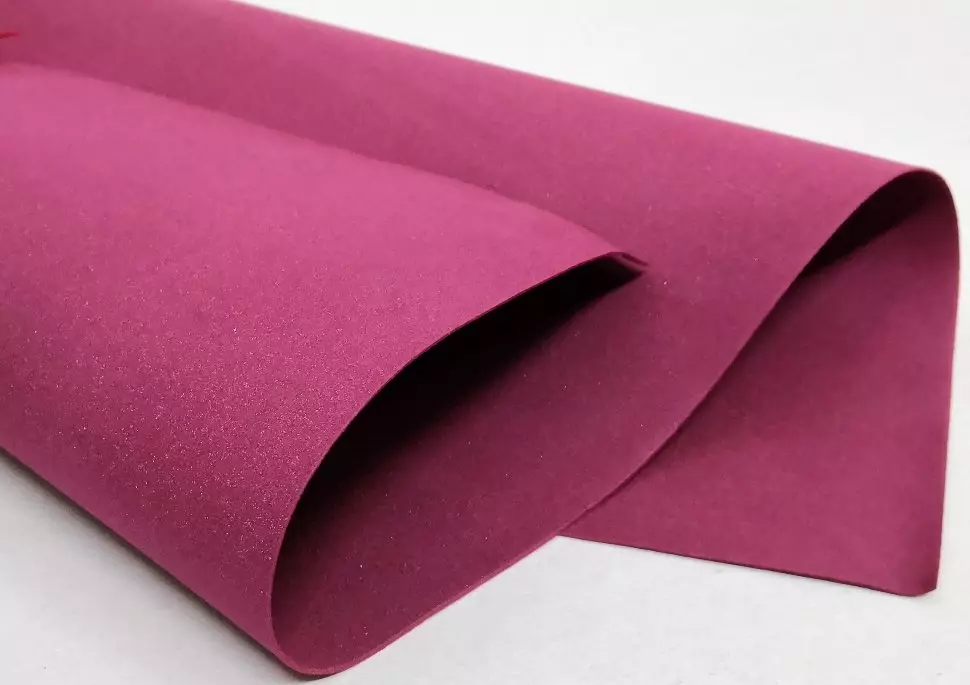
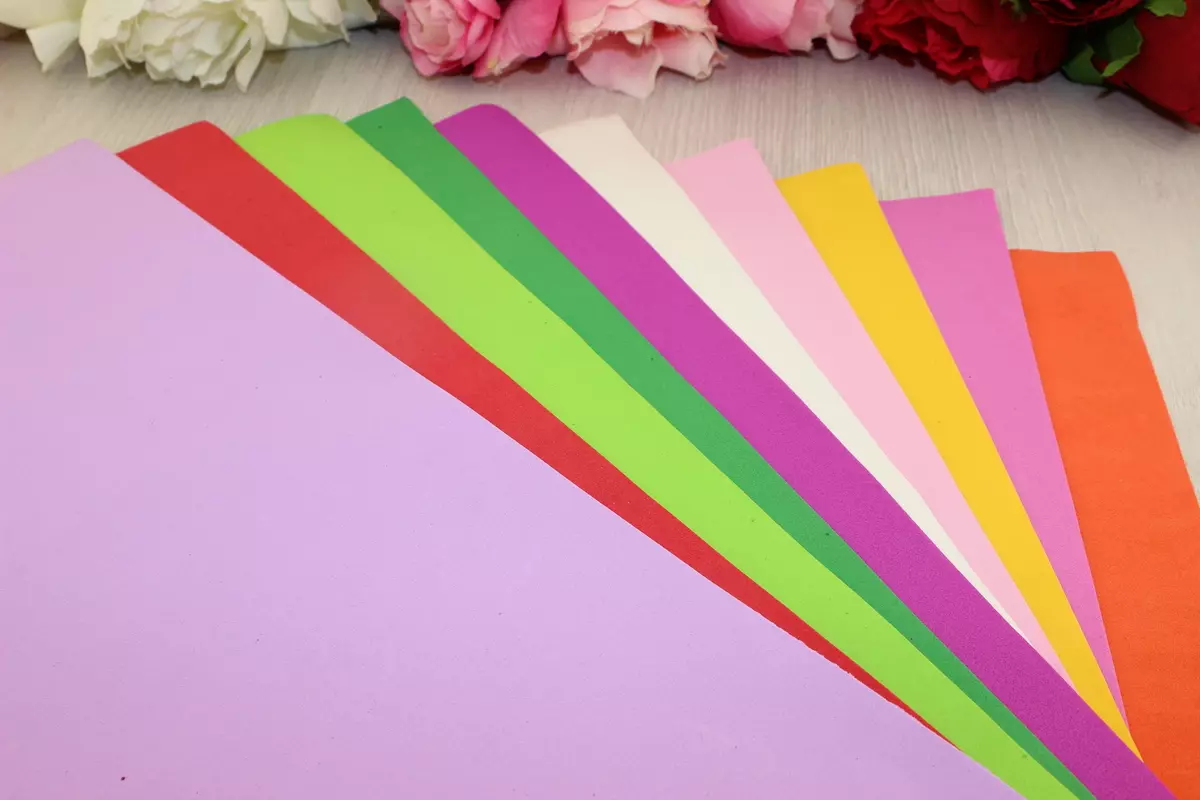
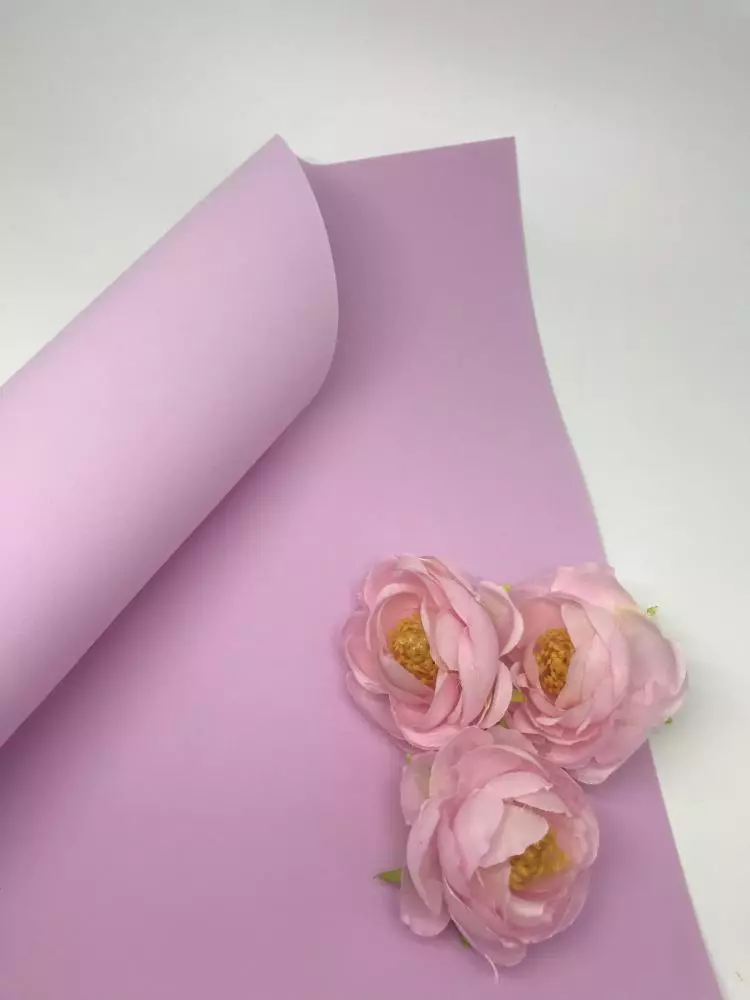
Turkish Foamiran It has the worst quality compared to its competitors. The size of the sheet typically make up 60 to 70 centimeters, and the thickness does not exceed 1-3 millimeters. For sale, by the way, this specification can act in rolls.


The material of the Korean manufacturer There is a large palette of shades. The standard piece of the parties are 60 and 40 centimeters. The thickness of Korean foam rubber does not exceed 1 millimeter. The minimum border is 0.6 millimeters. The velvety sheets have good plasticity and drums even without additional thermal processing. If you additionally process the material with a hairdryer, it will stretch it almost to a transparent state.

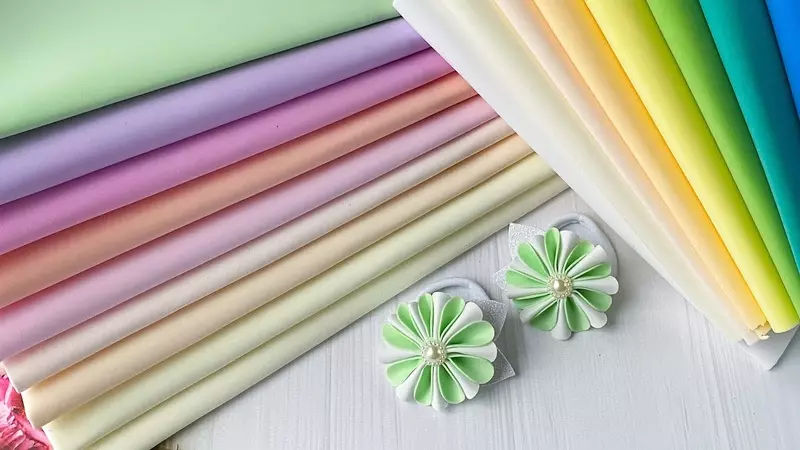
How to work with him?
To master the handicraft technique for working with Foamiran, It is better to start from the manufacture of some simple product using a step-by-step instruction.
- All begins with the preparation of templates and stencils. Separate parts are first drawn on paper of high density with a soft pencil, after which they are transferred to the plastic suede. In this case, it is more convenient to use the shell or the playing needle. Rapating and cutting out the details, you can move to the next step.
- Cut separate elements can be any scissors both with straight and rounded ends. Tinted Foamiran follows immediately after cutting. Pastel, acrylic or oil paint with a small sponge is applied to the surface, after which the workpiece necessarily successes. The smallest elements can be painted with a tassel. Intermediate blanks - for example, the petals of buds are created using heating tools - household iron or hair dryer.

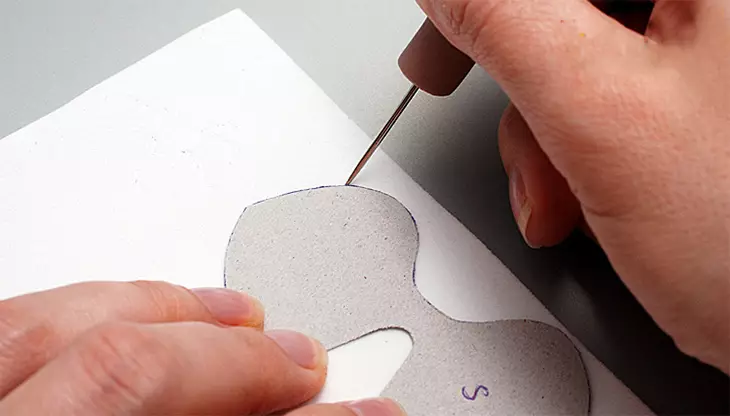
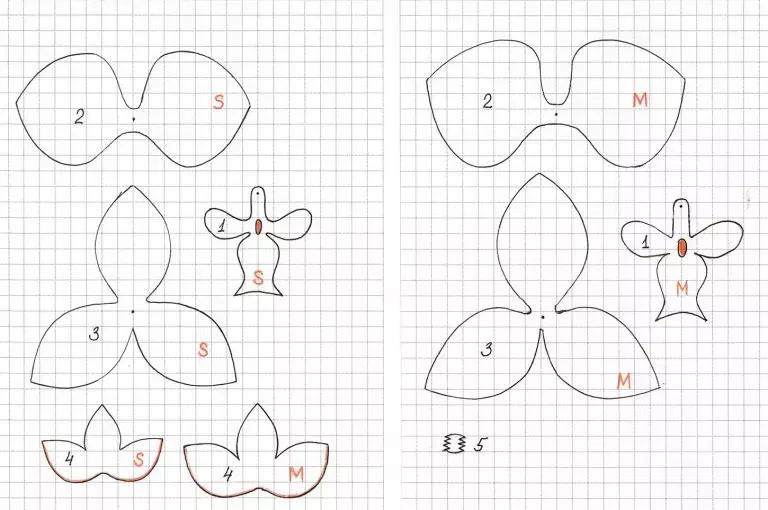
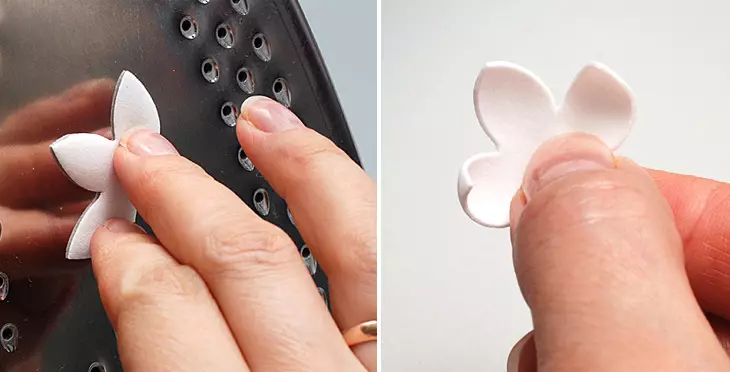
- To give the required shape and size, it may take a thin wand, toothpick or stencil. Professionals often use plastic mole - ready-made form to give the volume and creation of relief. This element is first heated and then pressed into the surface. The cooled elements are covered with acrylic varnish to protect against moisture and dust. For the same purpose and the weights will be useful.
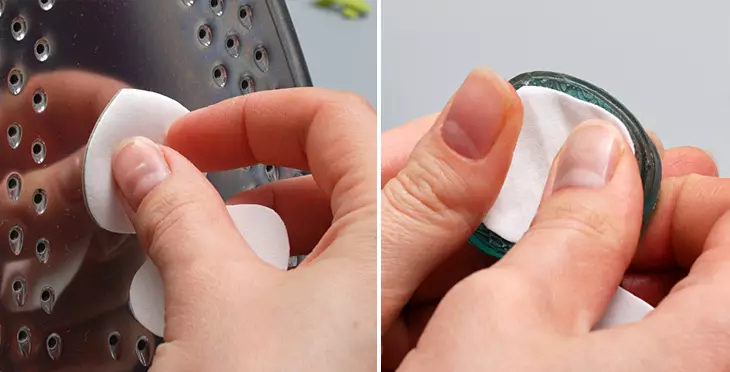
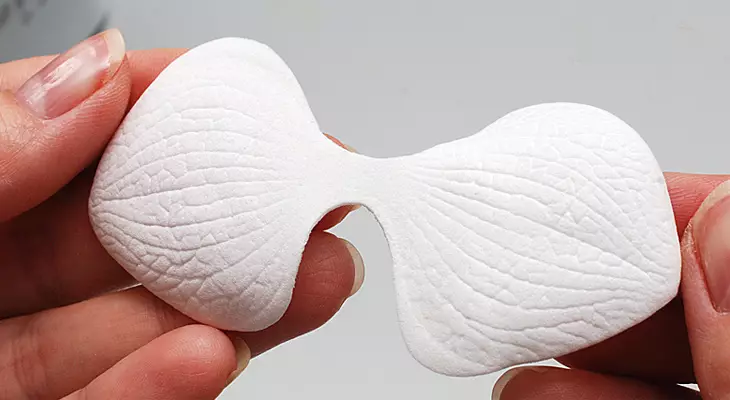
Wire and especially durable glue can be useful for assembling the finished product. As already mentioned, it is most convenient to glue with hot glue served from a pistol. During the final stage, a set for creativity, containing curly holes, diverse accessories, sequins, beads, rhinestones and sequins is useful. The contour paints based on acrylic will be by the way for such decorative elements, like drops of dew or buttons on clothing.


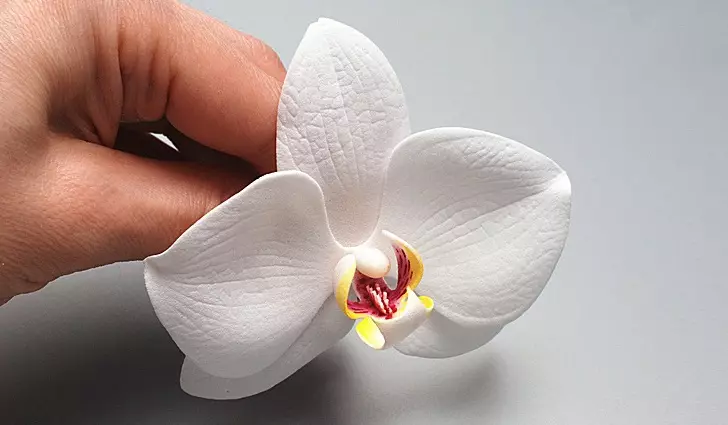
During the work, it is important not to overdo it and not to thinning the material. The degree of stretching should not exceed 10% and, of course, do not break at a weak crum.
What is Foamiran and what it happens, look in the video.
